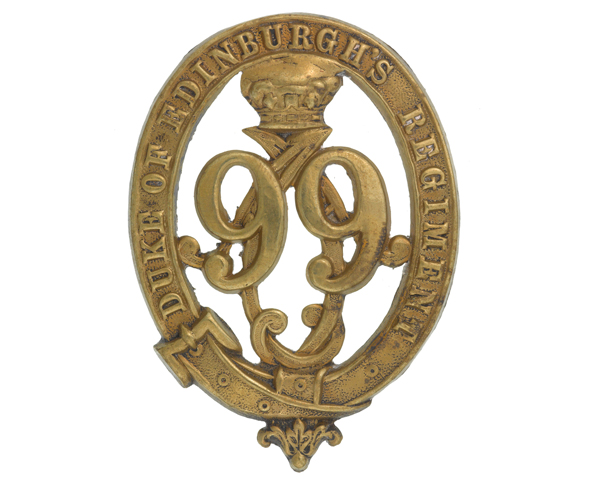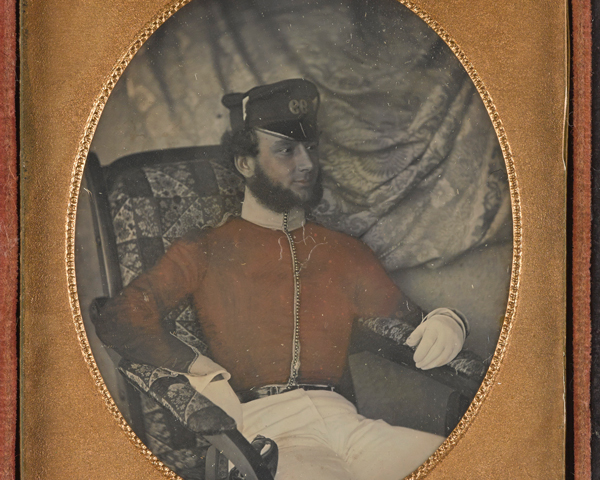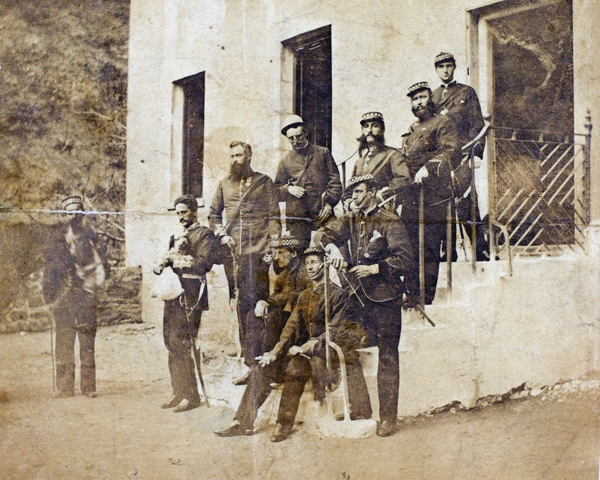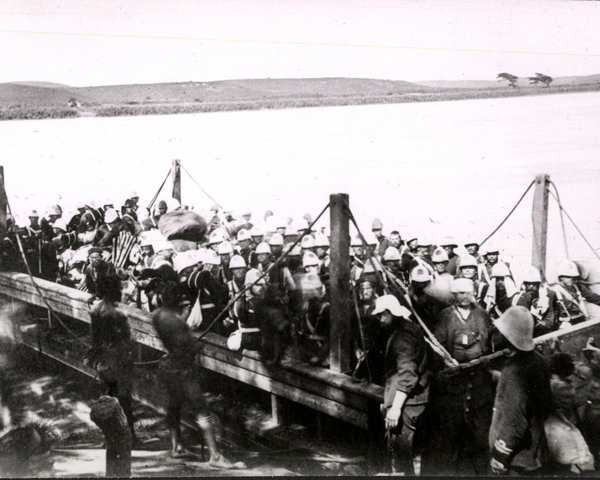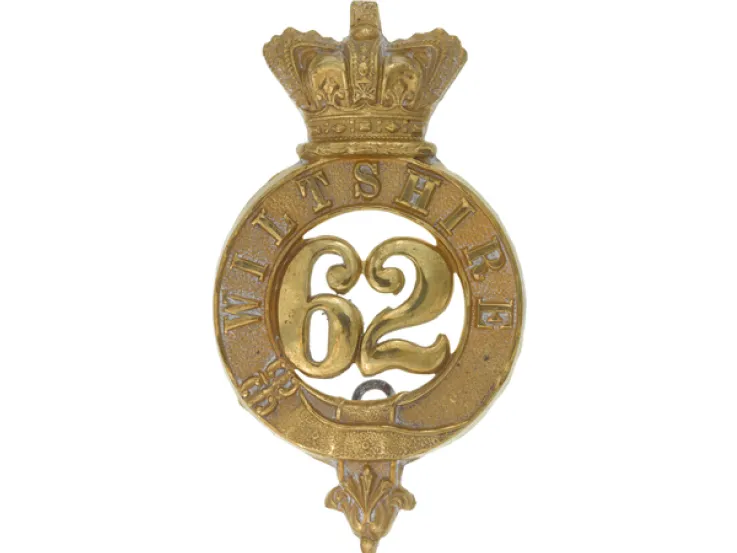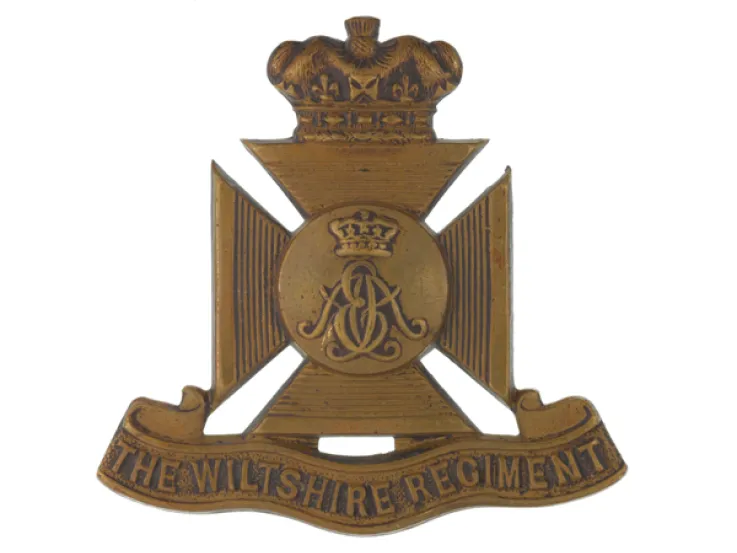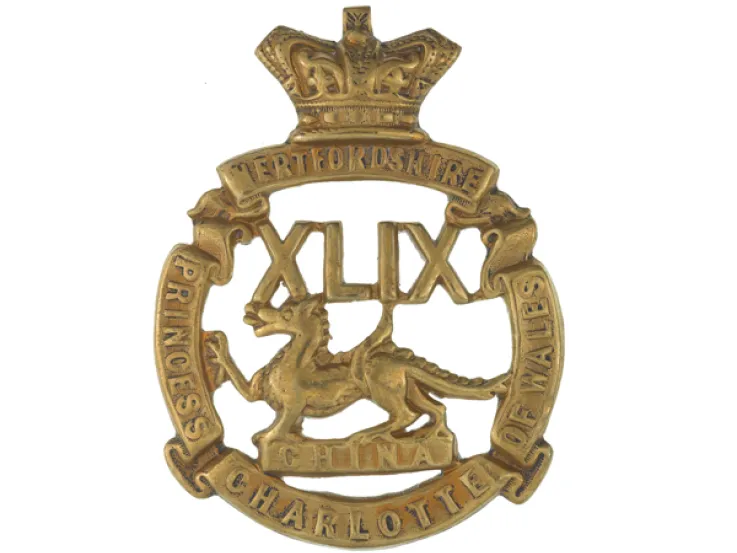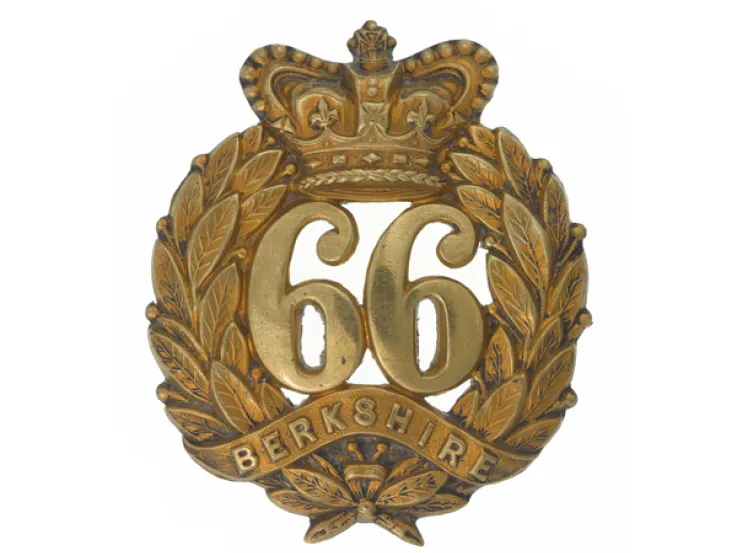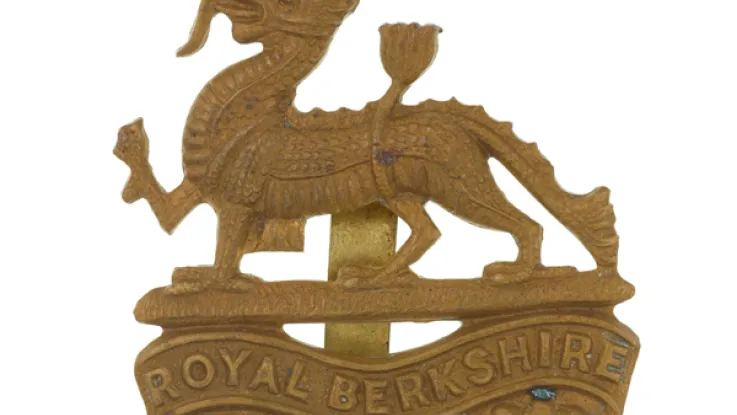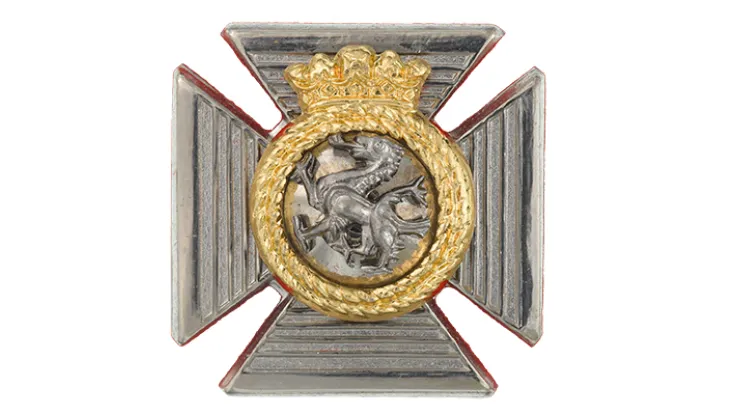Explore more from Regiments and Corps
99th Duke of Edinburgh’s (Lanarkshire) Regiment of Foot
3 minute read
Origins
From 1761 to 1818, five regiments of foot with the numeral 99 had been raised and disbanded in such varied locations as Jamaica, Tipperary and Dublin. A sixth was raised in 1824 in Glasgow in response to a request from the Governor of Mauritius for reinforcements.
It set sail the following year, arriving in Mauritius in 1826. The regiment also posted a detachment to the Seychelles, before regrouping in 1837 for the voyage home.
In 1832, while overseas, the regiment was formally granted a regional association with the Lowland Scottish county of Lanarkshire. The diced border on its shako and forage cap also referenced its Lowland origins.
Victorian deployments
The unit was stationed in Ireland for five years, before being detailed to escort convicts to Australia in 1842. It remained in Australia until 1856, but also sent two companies to New Zealand during the Flagstaff War (or First Maori War) in 1845-46. When it sailed for home, over 400 of its men stayed behind in Australia to transfer to other units.
After a brief spell back in Ireland from 1856 to 1858, the regiment went on its first posting to India. From there, it moved to China in 1860 for the Second Opium War (1856-60), taking part in the sack of Peking.
Duke of Edinburgh's
In 1865, following a short stop in Japan, the regiment moved to South Africa, where it stayed for four years. During its time there, it was reviewed by Alfred, Duke of Edinburgh, the second son of Queen Victoria. This royal association culminated in 1874, when the regiment added 'Duke of Edinburgh’s' to its title, and Alfred’s cypher and coronet to its Colours.
In 1878, the regiment returned to South Africa and fought in the Zulu War (1879). It then garrisoned Bermuda.
Legacy
By 1881, it was back in South Africa, where it merged with the 62nd (Wiltshire) Regiment of Foot to form The Duke of Edinburgh’s (Wiltshire Regiment).
Regimental museums
The National Army Museum works with a network of Regimental and Corps Museums across the UK to help preserve and share the history and traditions of the Army and its soldiers.
Discover more about the 99th Duke of Edinburgh’s (Lanarkshire) Regiment of Foot by visiting The Rifles Berkshire and Wiltshire Museum in Salisbury.


